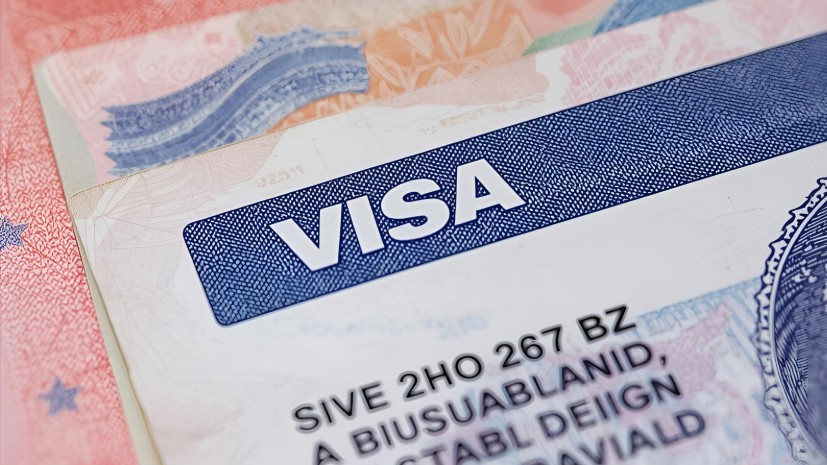New Delhi, September 22: A recent decision by the Trump administration to raise the H-1B visa fee to $100,000 is prompting Indian companies and skilled professionals to explore alternative pathways to the U.S. work market. Among the options now drawing increased attention are the L-1 and O-1 visa categories, which offer lower application costs and different eligibility routes, though they are not direct replacements for H-1B visas.
Understanding the US Visa Options
The L-1 visa is typically used for internal company transfers, allowing multinational firms to move employees from an overseas branch to a U.S. location. To qualify, the employee must have worked for the company abroad for at least one year in the past three years.
The O-1 visa is reserved for individuals who can demonstrate extraordinary ability or achievement in areas such as science, technology, business, or the arts. This visa involves a higher evidentiary burden but avoids numerical caps and lotteries associated with H-1B.
The Cost Factor of H1-B vs Others
With the H-1B visa now costing $100,000, many employers are reconsidering their visa strategies. By comparison:
- O-1 visa applications average around $12,000
- L-1 visa applications cost approximately $7,000
The lower fees and some strategic advantages, such as the absence of lottery systems or annual limits in the case of the O-1, make these visas financially more appealing under current conditions.
Success Rates and Eligibility Trends
Recent data shows that the O-1 visa has a 93% approval rate, making it one of the most reliable visa categories in terms of success, albeit with tougher qualification standards. In FY 2024, over 19,000 O-1 visas were granted, and the share of Indian recipients has risen steadily, from just 2% a decade ago to 8% now.
The L-1 visa saw 71,799 approvals in the same period, with Indian nationals comprising 26% of those approvals. Although this reflects a slight drop from earlier years, the L-1 remains a popular choice, particularly for large Indian IT firms with global operations.
In contrast, the H-1B visa is capped annually at 85,000 slots and has a rejection rate hovering around 73%, making it both more expensive and less predictable.
Can L-1 or O-1 Replace H-1B?
Industry experts caution that while L-1 and O-1 visas offer viable alternatives in certain situations, they are not interchangeable with the H-1B. The L-1 requires previous employment with a foreign affiliate, and the O-1 demands a high level of documented professional distinction.
Nevertheless, due to the financial pressure caused by the fee hike, many firms are expected to invest in preparing employees for these alternative categories. Strategies may include encouraging candidates to build strong professional portfolios, publish research, speak at events, or engage in other public-facing activities that support O-1 qualifications.
Long-Term Strategic Shifts
Employers may also use this period of uncertainty to build long-term immigration strategies, focusing on merit-based visas that reward upskilling and demonstrated talent. The O-1 visa, in particular, is being seen as a tool to attract highly motivated individuals, with added benefits like indefinite extensions and no minimum wage requirements, which appeal to startup founders and creatives.
Some firms are also revisiting investment-based immigration routes such as the EB-5 visa, which offers green card pathways through qualifying investments. While this option is more capital-intensive, it may offer more flexibility compared to newer programs like the “Gold Card,” which does not necessarily expedite green card processing or reduce long-term immigration risk.
Legal and Policy Concerns
There is growing speculation that the new H-1B fee structure may face legal scrutiny, especially if it is viewed as exceeding administrative authority. Some industry observers believe that such a drastic fee increase could be challenged in court under existing immigration laws and regulations.
Until then, companies are expected to tread carefully, focusing on compliance while also diversifying their visa strategies to minimize exposure to abrupt policy shifts.
What Indian Tech Workers Should Know
- Start early in building credentials that support O-1 eligibility, such as published work, awards, or media coverage.
- L-1 eligibility depends on prior experience with a multinational employer—plan for long-term placement if applicable.
- H-1B remains an option, but firms may become more selective due to cost and uncertainty.
- Explore alternative green card pathways, especially if working in high-skill, high-demand fields.






